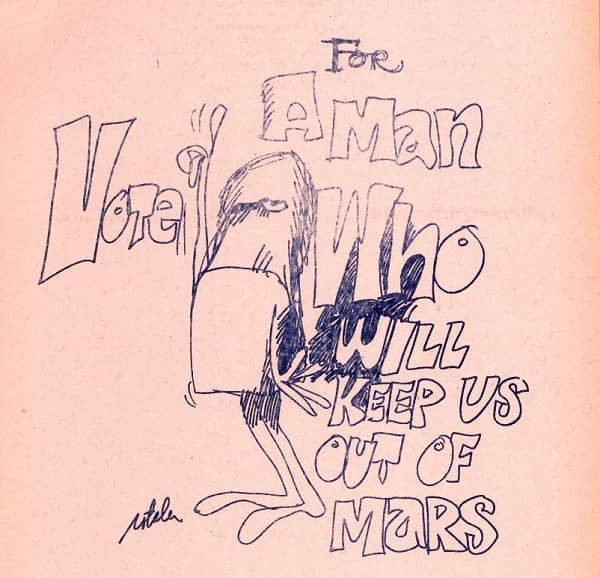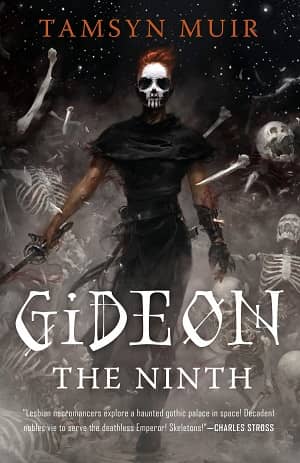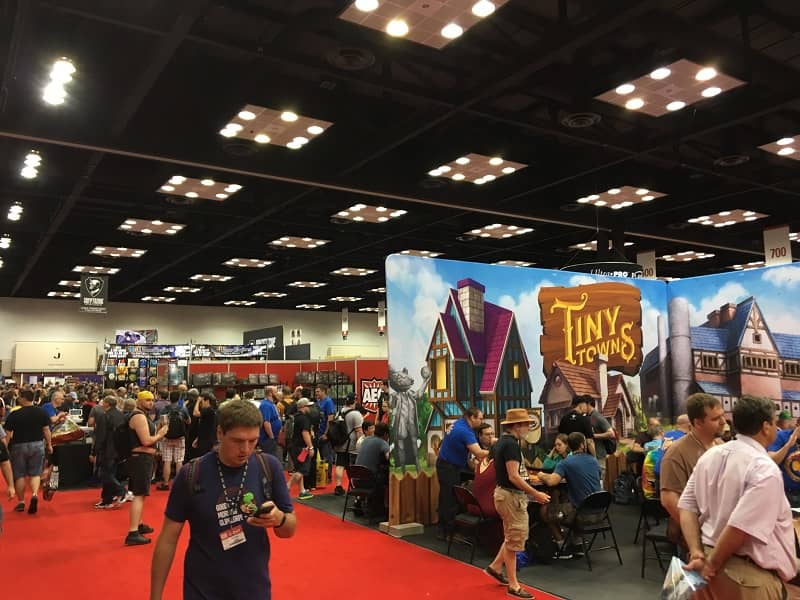Fantasia 2019, Day 2, Part 3: Vivarium
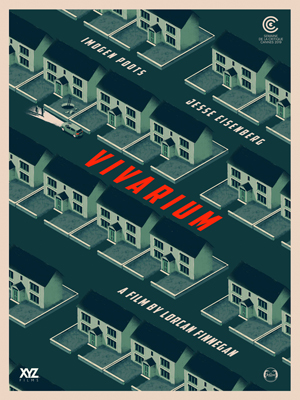 I’d skipped the first day of the 2019 Fantasia Festival since the only movie I wanted to watch, The Deeper You Dig, played the next afternoon. That gave me three movies on Day 2, and after seeing first an indie horror film made by three people and then an Australian comedy led by a major Hollywood star, I could only wonder what I’d get in the Irish-Danish-Belgian co-production called Vivarium.
I’d skipped the first day of the 2019 Fantasia Festival since the only movie I wanted to watch, The Deeper You Dig, played the next afternoon. That gave me three movies on Day 2, and after seeing first an indie horror film made by three people and then an Australian comedy led by a major Hollywood star, I could only wonder what I’d get in the Irish-Danish-Belgian co-production called Vivarium.
Directed by Lorcan Finnegan from a script by Garret Shanley, it was based on a story by Finnegan and Shanley (the same team collaborated on Finnegan’s previous film, Without Name). Imogen Poots and Jesse Eisenberg star as Gemma and Tom, a young childless married couple hoping to buy a home. A strange real estate salesman named Martin (Jonathan Aris) takes them to see a property in a new housing development. The place is eerily perfect and inhuman, the development empty of all other life. Then Martin vanishes, and when Tom and Gemma try to drive away they find geography doesn’t work right; they constantly find themselves back at the front door of the house Martin selected for them, number 9.
Whatever they do, they cannot escape. The streets are a maze that always returns them to the start. Their car eventually runs out of gas. And then a box is delivered, with a baby boy inside, and a note telling the couple that if they raise the child they’ll be allowed to leave. They do start to take care of the infant, but the boy grows quickly into an uncanny child (Senan Jennings) with inhuman reactions. What will he become as an adult? And what will it cost them to see it?
This is a visually striking movie that exploits the formal qualities of CGI and indeed of digital photography. Tom and Gemma are trapped in a world of unreal balloon-clouds; of perfect blue sky and of infinite green houses, their colours boosted just a little, just not quite real. The opening, introducing Gemma at the school where she teaches, is vital in providing a contrast — in showing what the real world looks like. More specifically, the opening shots of the movie show a cuckoo pushing eggs out of the nest it’s claimed; in addition to anticipating the film to come, these first shots are a vivid depiction of actual nature that establishes the sterility of the housing development as a stark opposition to the world of living things.
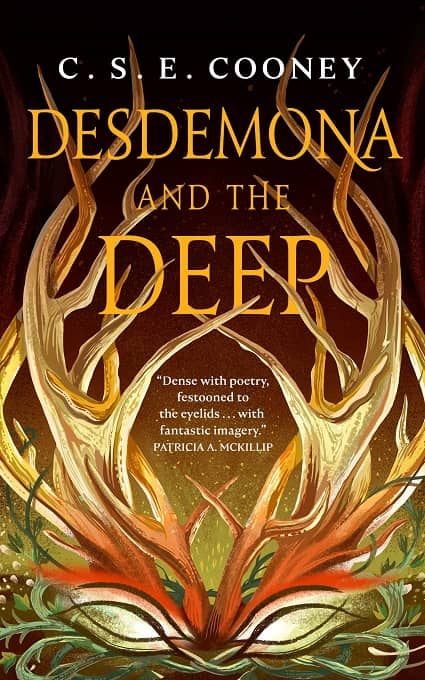
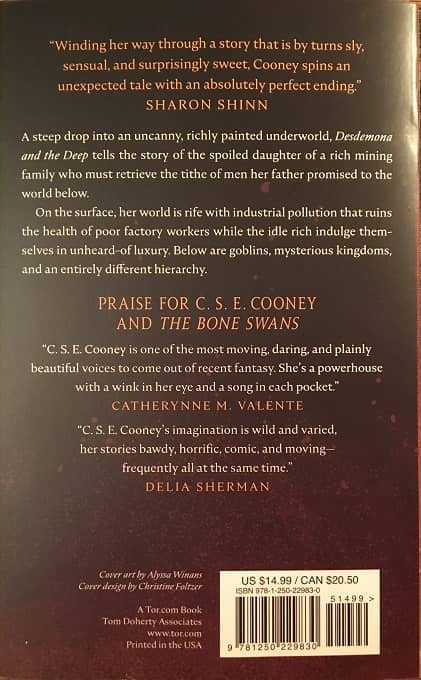
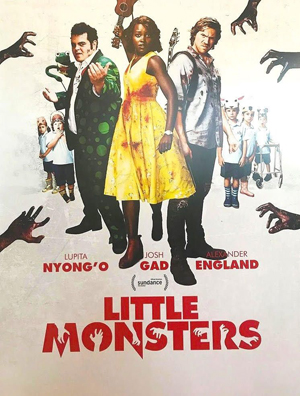 My second movie of Fantasia 2019 was in the 750-plus seat Hall Theatre. Little Monsters stars Lupita Nyong’o as a kindergarten teacher who takes her class on a field trip — only to get caught up in a zombie invasion. Written and directed by Abe Forsythe, it’s an occasionally tasteless but surprisingly effective horror-comedy.
My second movie of Fantasia 2019 was in the 750-plus seat Hall Theatre. Little Monsters stars Lupita Nyong’o as a kindergarten teacher who takes her class on a field trip — only to get caught up in a zombie invasion. Written and directed by Abe Forsythe, it’s an occasionally tasteless but surprisingly effective horror-comedy.
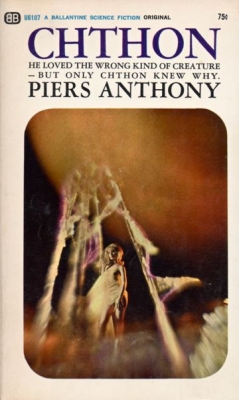
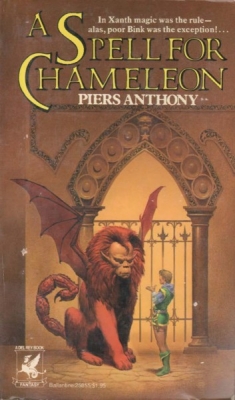
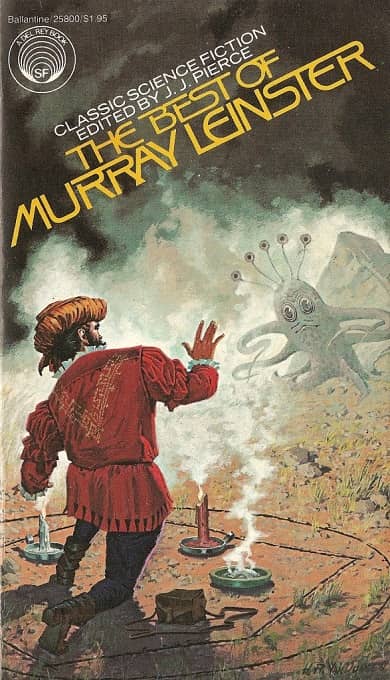

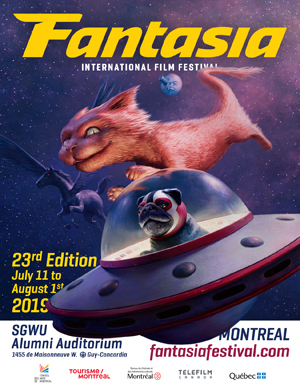 Not long ago I acquired copies of two well-known anthologies: Dangerous Visions and Again, Dangerous Visions.
Not long ago I acquired copies of two well-known anthologies: Dangerous Visions and Again, Dangerous Visions.
